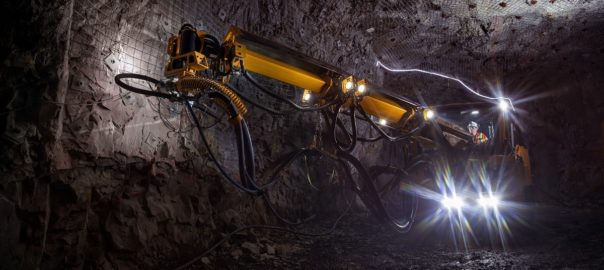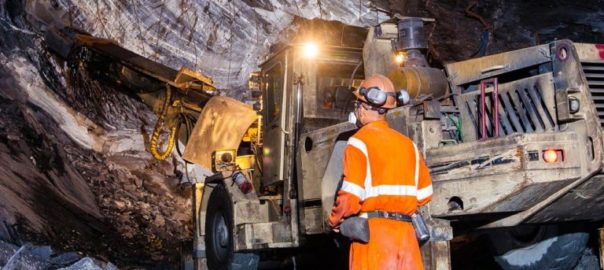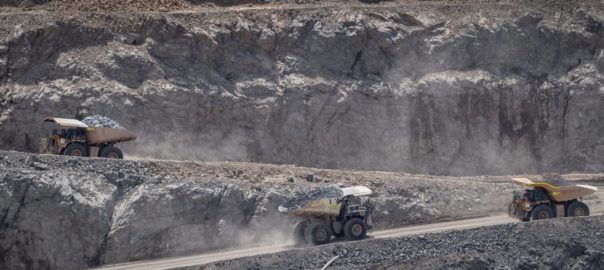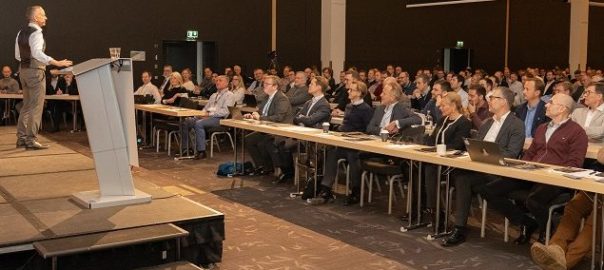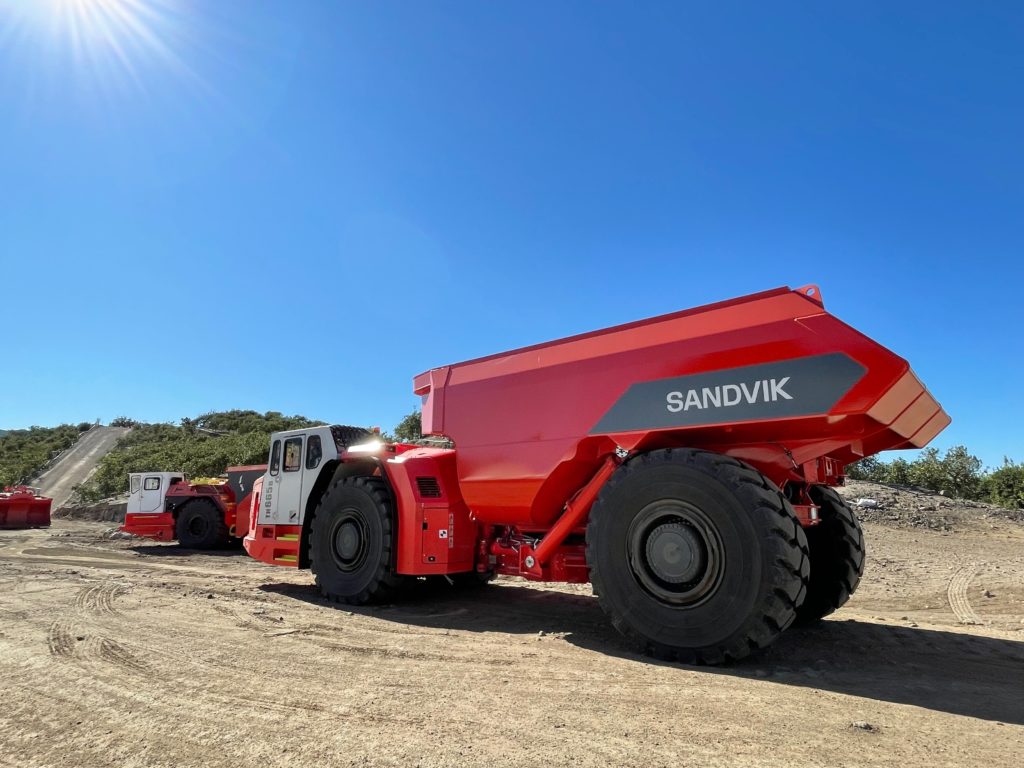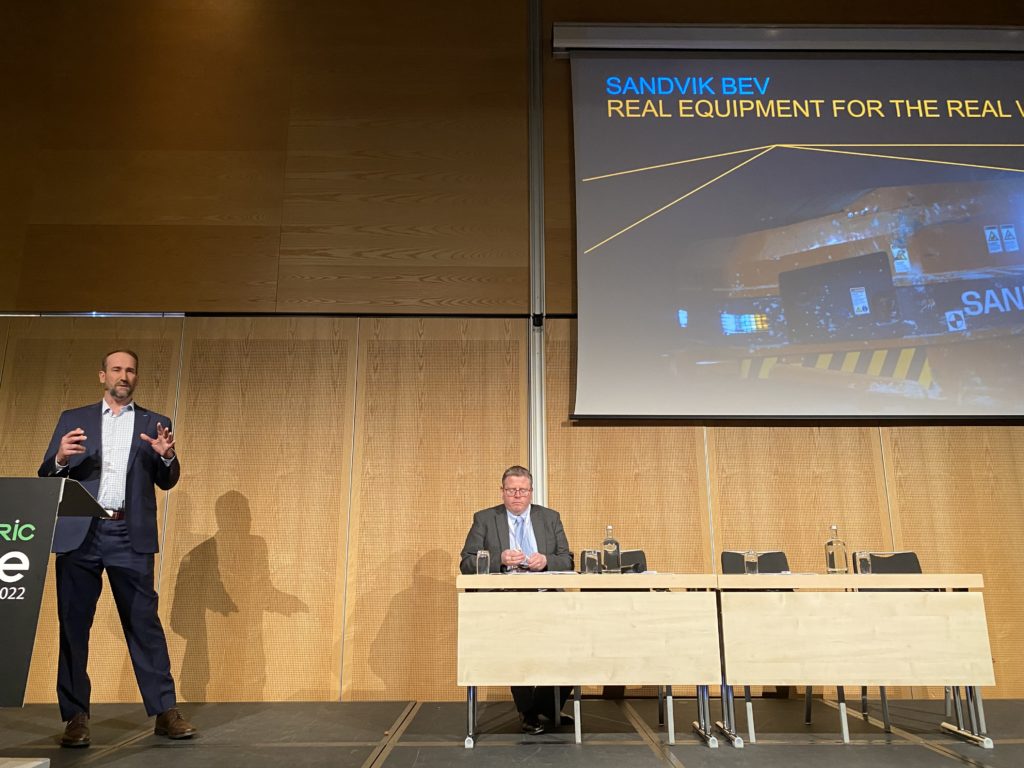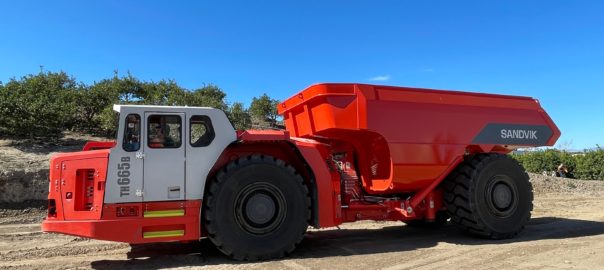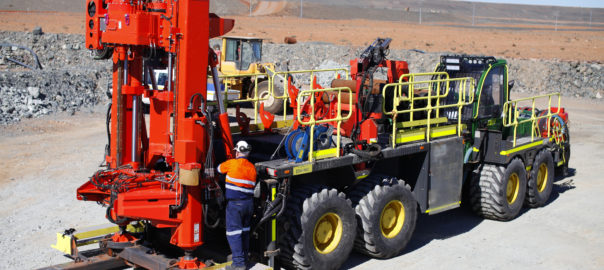MacLean is set to showcase its SS5 battery-electric vehicle (BEV) Shotcrete Sprayer at the Underground Operators Conference 2023 (UGOPS), in Brisbane, Australia, next week, but it also has one eye on the unit’s first mine site trial at the AngloGold Ashanti-owned Sunrise Dam operation in Western Australia.
Attendees of UGOPS will get a first-hand look at the EV Series™ product on the company’s booth. This battery-electric shotcrete sprayer has been put through its paces at the Maclean Research & Training Facility in Sudbury, Ontario, and is equipped with the likes of Quickscan thickness imaging and Chemsave accelerant savings technologies.
Alongside celebrating its 50th year of existence as an Ontario-headquartered company, 2023 is a landmark year for MacLean Australia, with multiple MacLean BEVs starting to arrive in-country to be introduced to Australian mining companies and mining contractors. One such contractor is Barminco, which is set to receive the SS5 for testing at Sunrise Dam. Sandvik’s 65-t-payload battery-electric truck, the TH665B, is also set for field testing at the same operation.
MacLean has had a full-service parts and technical support branch in Perth, Western Australia, for over a decade and, in 2021, opened a second service and support branch in Orange, New South Wales, to support a growing fleet of MacLean mining vehicles in underground mining hubs in the eastern region of the country.
Jari Tuorila, MacLean GM for Australasia, said: “We are really looking forward to the UGOPS event and showing – not just telling – the Australian mining industry exactly what the value proposition of MacLean EV Series product line is. When we say, ‘EV-proven, EV-ready’, we mean it. It’s not just a slogan. Over 50 MacLean BEVs have been commissioned around the mining world since the MacLean Fleet Electrification program was launched in 2015, with a quarter million operating hours logged, and we’re only at the starting line for Australia.
“Our message to our industry colleagues is simple – we have a diesel-free production support fleet option for you, right now. We can’t wait to welcome visitors to our booth to see the BEV shotcrete sprayer in person and speak with our team of technical experts, which will include product management and engineering colleagues from Canada.”
Patrick Marshall, MacLean’s Brisbane-based Vice President of Technology, added: “The UGOPS showcase is just the kick-off to a multi-stage introduction of MacLean EV Series technology to Australia across 2023. The minute the show closes on March 29th, the MacLean Australia team will be turning their attention to shipping the BEV SS5 unit to Barminco at Sunrise Dam, where it will be trialled by the contractor throughout the summer. We are committed to seeing this real-world trial succeed and then build on that success to more broadly introduce MacLean fleet electrification to the Australian industry.”







